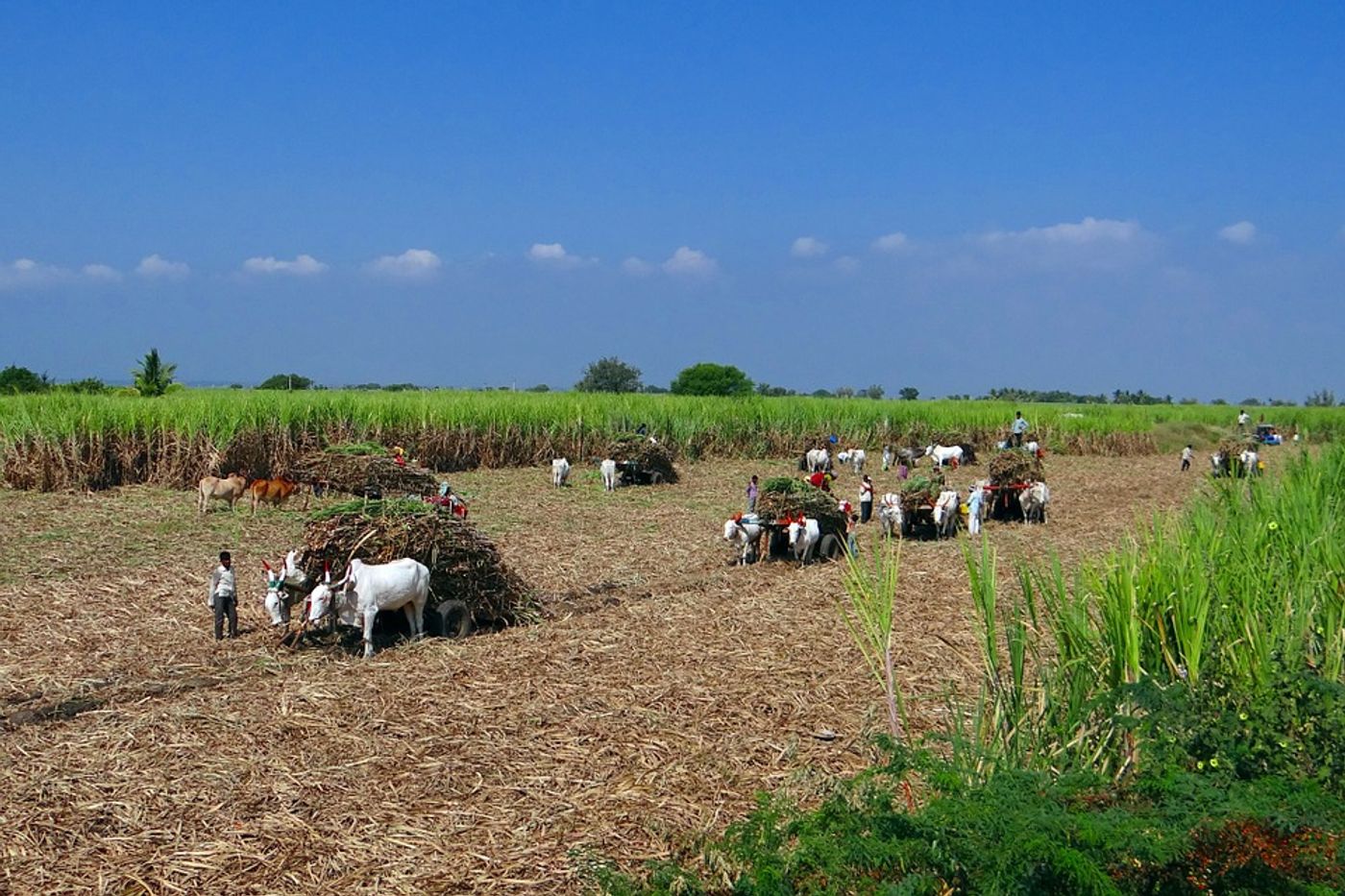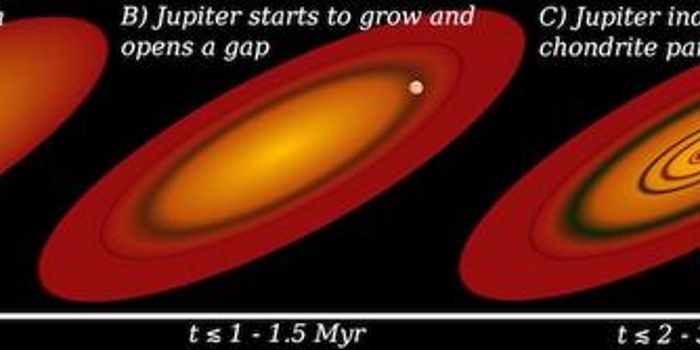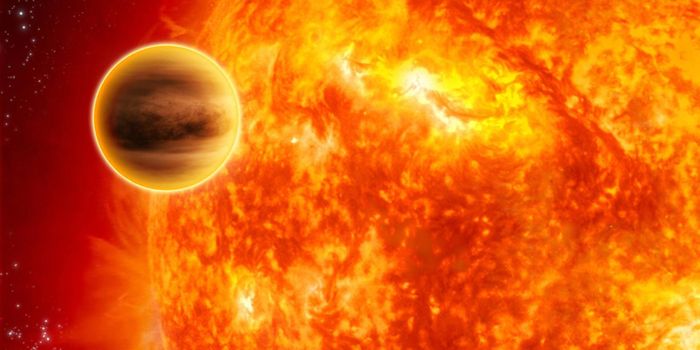The bigger picture of biomass energy conversion
While energy production from biomass has gained a fair amount of interest in the last years as a potential option of divesting from fossil fuels, it’s important to understand the whole picture of biomass energy conversation. At least that’s according to a new study published recently in Bioresource Technology Reports from Tony Grift, a professor of Agricultural and Biological Engineering in the College of Agricultural, Consumer and Environmental Sciences and the Grainger College of Engineering at the University of Illinois.
Co-author Grift advocates for taking a wider view of the efficiency of bioconversation, saying that it’s crucial to improving our fossil-free fuel options. "Our goal was to determine how much energy it takes to prepare these materials. It's a comprehensive look at various preprocessing methods and their relationship to conversion efficiency," he explains.
The study focused on the efficiency of miscanthus giganteus and sugarcane bagasse, both of which are popularly used as biomass for energy production. While miscanthus is known as an ornamental crop, it produces a large amount of biomass and grows easily without much nitrogen so it is a favorite for energy production; sugarcane bagasse, meanwhile, is produced after the sugar is extracted from sugarcane.
Researchers collaborating from the University of Illinois and the University of California at Berkeley analyzed the energy expenditure of harvesting and preprocessing materials, as well as the efficiency of converting the biomass to glucose, which can be made into ethanol fuel. In other words, the researchers wanted to get a good look at not only how much energy is produced, but also how much energy was needed for that production.
To do so, they relied on inherent heating value, or PIHV, which calibrates the amount of energy that goes in and comes out. "It tells you that you have a certain amount of biomass, which contains a certain amount of energy. How much energy do you spend on processing? You don't want to spend more than 5% of the total energy value," Grift says.
One way to get that number down is by reducing the size of the crop that is being transported, a process known as comminution. As Grift explains, "Smaller particle sizes make compression easier. It's also better for energy production, because it provides a larger surface area for enzymes to attach to in the conversion process. But comminution takes a certain amount of energy, so there is a tradeoff."
Understanding which steps of preprocessing expend the most energy may seem like a small part of the equation, but when scaled up, they can have significant impacts in improving efficiency. The researchers say more investigation is needed in order to fully understand how energy production from biomass can best be optimized.
Sources: Bioresource Technology Reports, Science Daily









